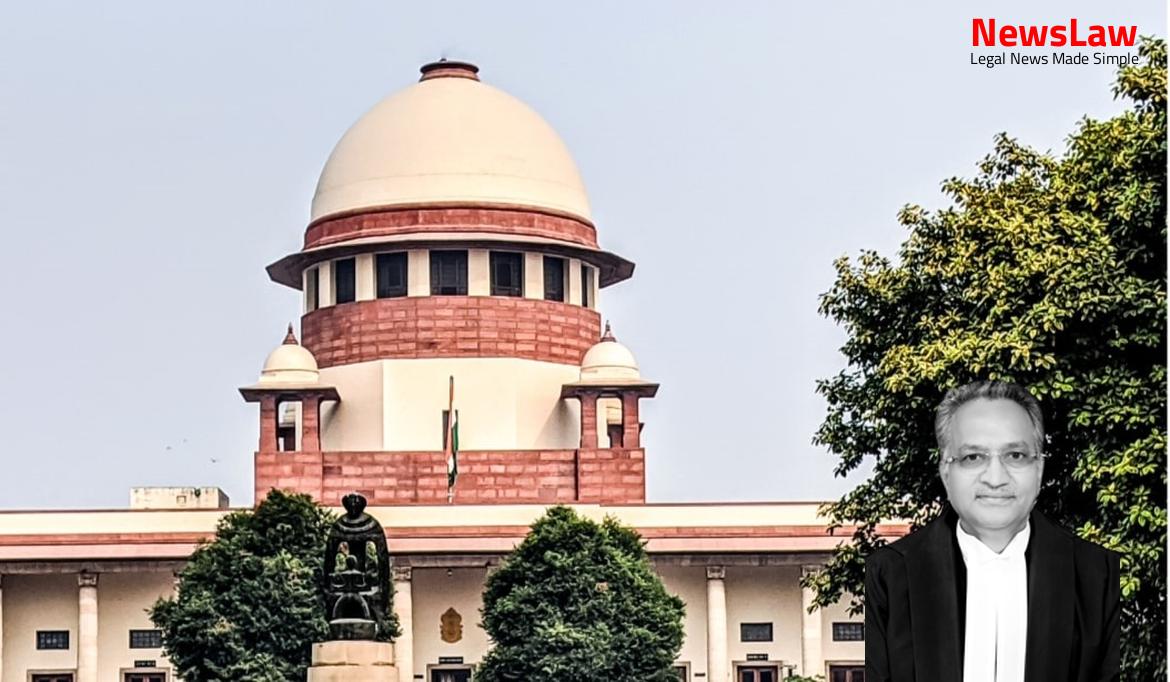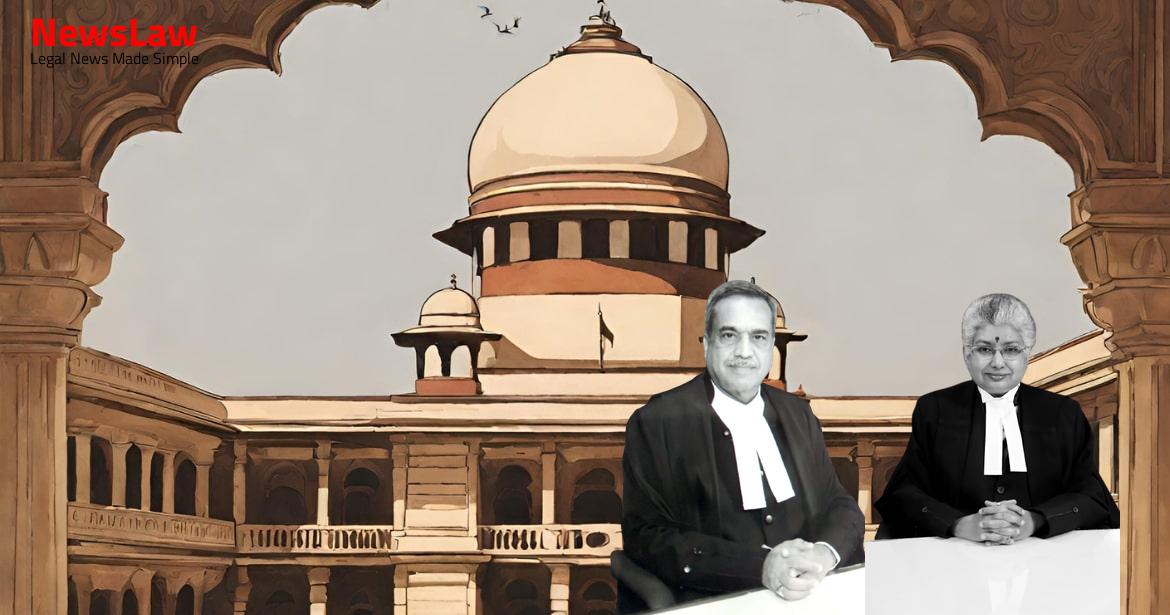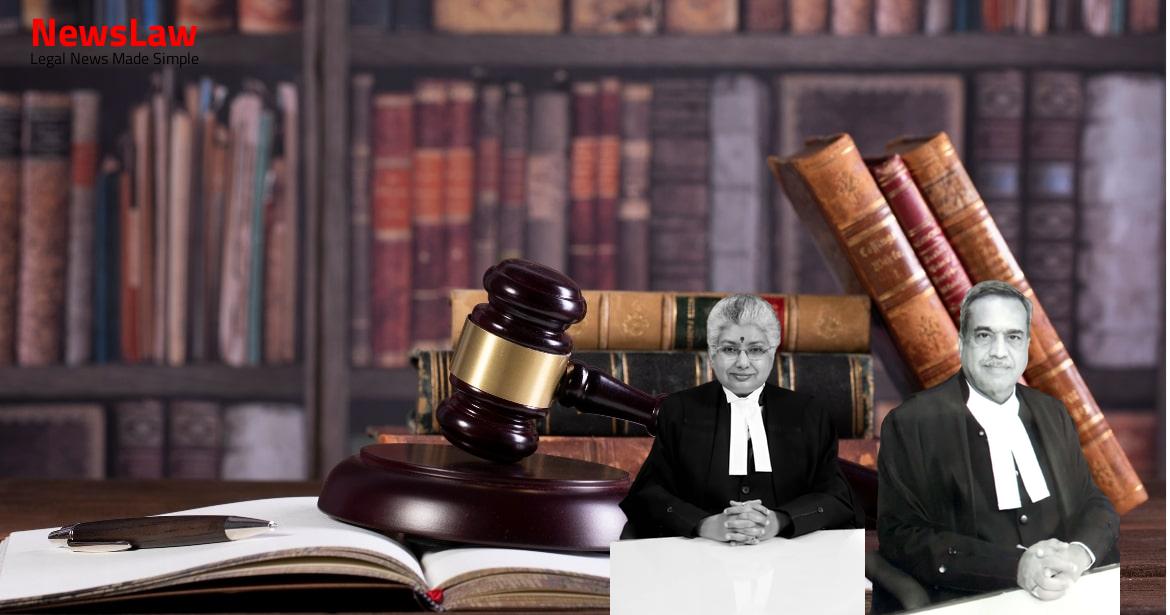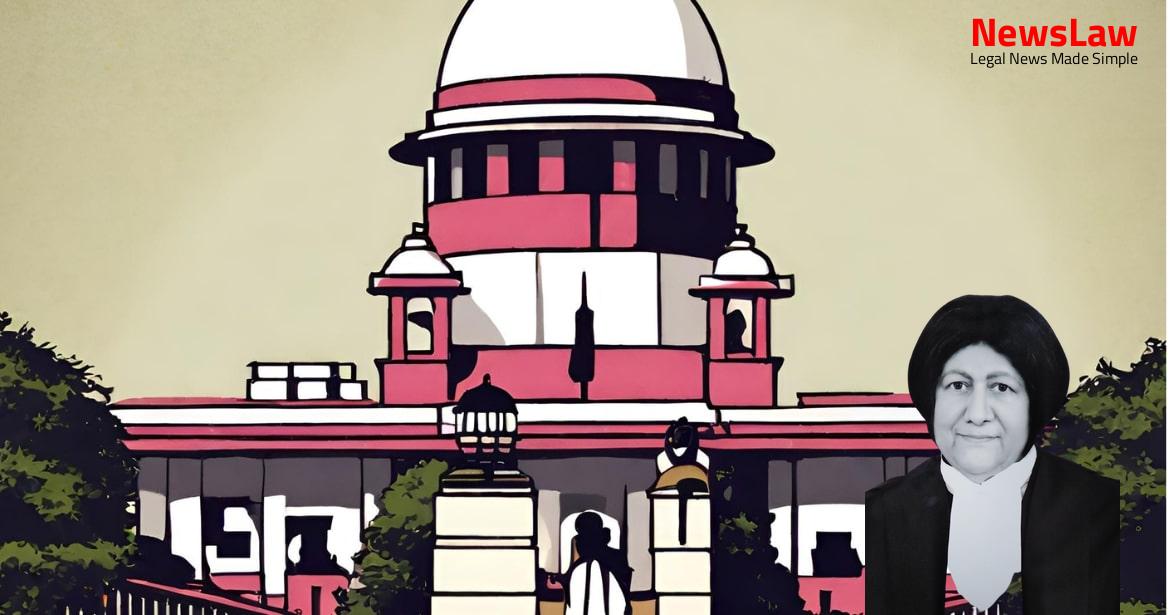Delve into the legal intricacies of a recent High Court case regarding the rectification of GST returns. The High Court’s thorough analysis of the statutory provisions and rules under the Central Goods and Services Tax Act, 2017 sheds light on the complexities of rectifying errors in tax filings. This case summary provides valuable insights into the court’s approach towards reconciling the law with practical challenges faced by taxpayers in the realm of GST compliance.
Facts
- The High Court directed the appellant to rectify Form GSTR-3B and verify respondent No.1’s claim within two weeks.
- The timeline for filing Form GSTR-3B for specific months was specified as 20th of the succeeding month.
- Notification No.56/2017 specified timelines for filing GSTR-3B for January, February, and March 2018.
- Circular issued by the Commissioner (GST) aimed at uniform implementation of GST return filing.
- Rule 61(5) was amended via Notification No.17/2017-Central Tax, with the introduction of Rule 61(6).
- Notification No.35/2017 specified dates for filing GSTR-3B for different months electronically.
- Errors in GSTR-3B could be rectified while filing GSTR-1 and GSTR-2 of the same month.
- Extensions were provided for filing GSTR-3B, with conditions to be fulfilled.
- This case related to transactions post the enactment of Central Goods and Services Tax Act, 2017.
- System-based reconciliation and correction mechanisms were outlined in Circular No.7/7/2017-GST.
- The High Court allowed respondent No.1 to rectify Form GSTR-3B for the period from July to September 2017.
- The High Court allowed the writ petition and permitted respondent No.1 to rectify Form GSTR-3B for the period of July to September 2017.
- The High Court found that paragraph 4 of the Circular dated 29.12.2017 was not in line with the provisions of the 2017 Act.
- The court concluded that the mechanism of rectification should not be restricted to subsequent months’ returns.
- Respondent No.1 had to make cash payments for OTL even though it had ITC available due to the Department’s failure to operationalize Forms GSTR-2, GSTR-2A, and GSTR-3.
- Excess cash payment was made by respondent No.1 due to this fault of the Department.
- The High Court highlighted refund provisions and stated that even if future adjustment of accumulated ITC was possible, it should not deprive respondent No.1 of fully utilizing the ITC they were entitled to.
Also Read: Legal Analysis on Diplomatic Immunity Exception Case
Arguments
- The appellant’s argument is that the High Court was competent to issue a writ of mandamus in this case.
- Mr. N. Venkataraman, Additional Solicitor General of India, presented the appellant’s case.
- Mr. Harish N. Salve and Mr. Tarun Gulati, senior counsel, represented respondent No. 1.
- The competence of the High Court to issue the writ of mandamus is emphasized in the argument.
Also Read: Legal Analysis: Forfeiture of Properties under the 1976 Act
Analysis
- Notification No. 17/2017 was issued to further amend the Central Goods and Services Tax Rules, 2017.
- Rule 61 was amended to allow for the electronic filing of return in Form GSTR-3B directly or through a designated Facilitation Centre.
- Notification No. 18/2017 extended the deadline for filing Form GSTR-1 for July and August 2017.
- Notification No. 21/2017 specified that Form GSTR-3B for July and August 2017 must be filed electronically before specific dates.
- The High Court upheld the challenge and read down paragraph 4 of the impugned Circular dated 29.12.2017.
- Rectification of Form GSTR-3B for the period to which the error relates, i.e., July to September 2017, was permitted.
- The Circular condition limiting the rectification of Form GSTR-3B was found to be inconsistent with the statutory provisions of the 2017 Act.
- The validity of the amendment to Rule 61(5) was not challenged, which clarified the non-requirement of filing Form GSTR-3 if Form GSTR-3B was already submitted.
- The High Court rejected the argument that the absence of auto-populated data in the electronic portal hindered the self-assessment obligations of the taxpayer.
- The taxpayer had the statutory duty of self-assessment for determining the Output Tax Liability (OTL) based on transactions during the taxable period.
- The rectification of returns for omission or incorrect particulars was allowed as per Section 39(9) of the 2017 Act.
- The Circular dated 29.12.2017 was found to be unjust in restricting rectification of returns, contrary to the statutory provisions.
- The High Court’s decision was based on the principle that rectification should be allowed during the month or quarter of notice of errors in the return.
- The Delhi High Court referred to the decision of Andhra Pradesh High Court in the case of Panduranga Stone Crushers vs Union of India & Ors.
- It was noted that a person may have a legitimate expectation of being treated in a certain way by an administrative authority even if there is no legal right in private law.
- The Punjab & Haryana High Court highlighted the challenges faced by people in India with the electronic mechanism of GST filing.
- Various High Courts allowed submission of forms electronically or manually to process claims for ITC in accordance with the law.
- Denial of credit of tax/duty paid under existing Acts was viewed as a violation of Article 14 and 300A of the Constitution of India.
- Reliance was placed on decisions of Gujarat, Kerala, and Delhi High Courts for transfer of tax liability and rectification procedures.
- The inability to access the electronic portal for filing returns due to technical faults was distinguished from the assertion to grant adjustment of voluntarily paid amounts.
- Unutilized credit was recognized as a vested right and property under Article 300A of the Constitution.
- The decisions cited were not challenged but the logic of interpretation and application of relevant provisions was emphasized in the present case.
- The stipulations in the Circular are consistent with the provisions of the 2017 Acts and the Rules framed thereunder.
- There is no necessity of reading down paragraph 4 of the impugned Circular as done by the High Court.
- The law permits rectification of errors and omissions only at the initial stages of Forms GSTR-1 and GSTR-3, in a specified manner.
- The impugned Circular provides a different dispensation than the pre-GST period which did not have auto-populated records and entries.
- The challenge to the Circular dated 29.12.2017 is unsustainable.
- The High Court’s direction to rectify Form GSTR-3B for the period July to September 2017 cannot be sustained due to express statutory dispensation.
- Assessees cannot unilaterally carry out rectification of returns submitted electronically in Form GSTR-3B which may affect obligations and liabilities of other stakeholders.
- Matching and correction process happens automatically as per specified mechanisms in the law, any changes after submission may have cascading effects.
Also Read: Ensuring Inclusive Education for Children with Special Needs
Decision
- Writ petition 52 filed by respondent No. 1 before the High Court stands dismissed.
- The appeal is allowed with no order as to costs.
- The impugned judgment and order are set aside.
Case Title: UNION OF INDIA THROUGH ITS SECRETARY Vs. BHARTI AIRTEL LTD. (2021 INSC 684)
Case Number: C.A. No.-006520-006520 / 2021



